UNESCO World Heritage Sites Nepal
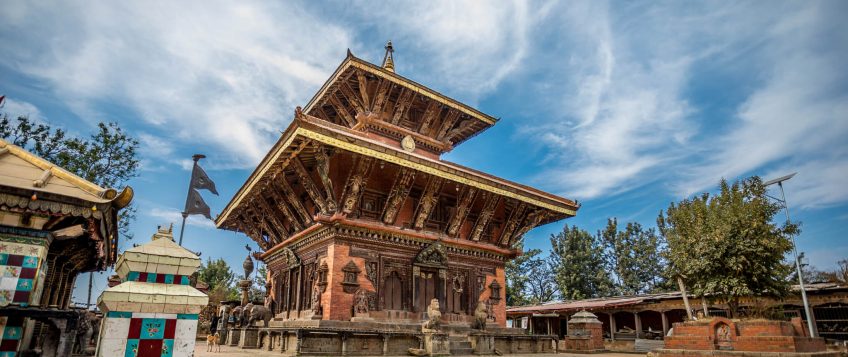
UNESCO World Heritage Site (Cultural)
Bhaktapur Durbar Square
Among teh UNESCO World Heritage Sites Nepal, Bhaktapur Durbar Square is significant. Bhaktapur is an important Newari town and the third-largest city in the Kathmandu Valley. It was the capital of Nepal during the great Malla Kingdom. The kingdom lasted until the second half of the 15th century.
Down the hill of Changunarayan lays the former kingdom of Bhaktapur. The city is famous for its Durbar Square well-restored: the Palace of 55 Windows, the Taleju Temple, and the Royal Bath.
Bhaktapur is also the land of the Nyatapola Temple. Nyatapole, a five-pagoda temple of 35 meters high, one of the most beautiful examples of Nepalese architecture is an icon of Bhaktapur. The city is known for its famous pottery art being practiced for centuries.
Bhaktapur is famous as a heritage city. It has well-preserved the ancient city and is home to traditional art and architecture, historical monuments and crafts, pottery, and weaving industries. The town has successfully preserved its rich local culture, festivals, and mystical music traditions.
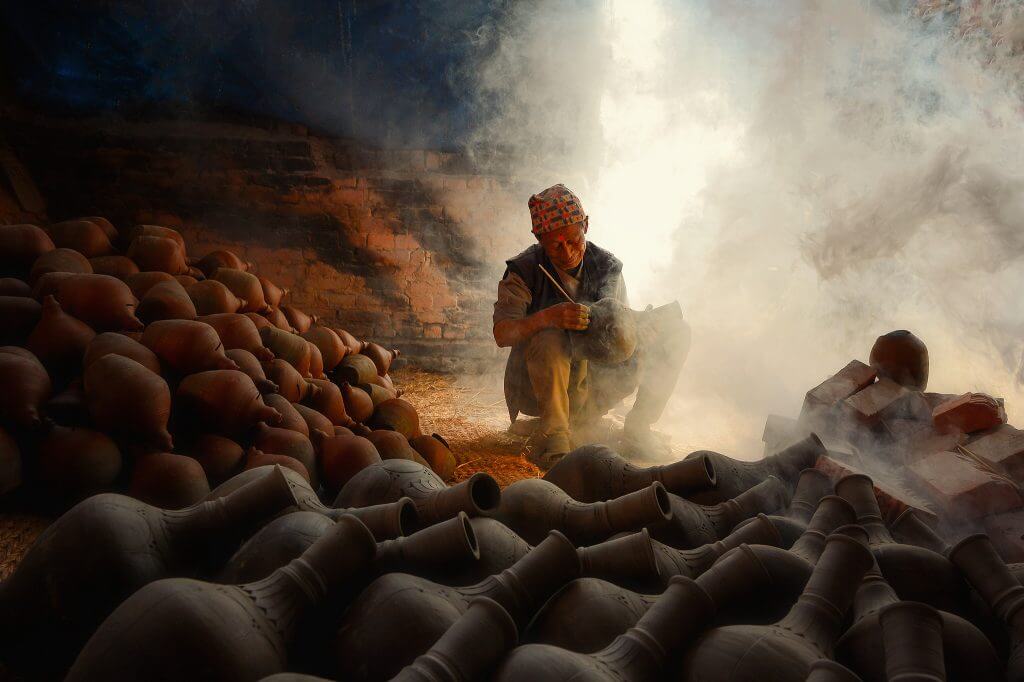
You will admire the temple’s magnificent artworks created in metal and wood. The sacred site of Changu Narayan was established in the 5th century A.D. It is one of the finest examples of Nepalese architecture. The first epigraphic evidence of Nepalese history found in the temple dates to the reign of the first historical king of Nepal, Licchavi King Mandeva in 464 A.D.
Changu Narayan Temple
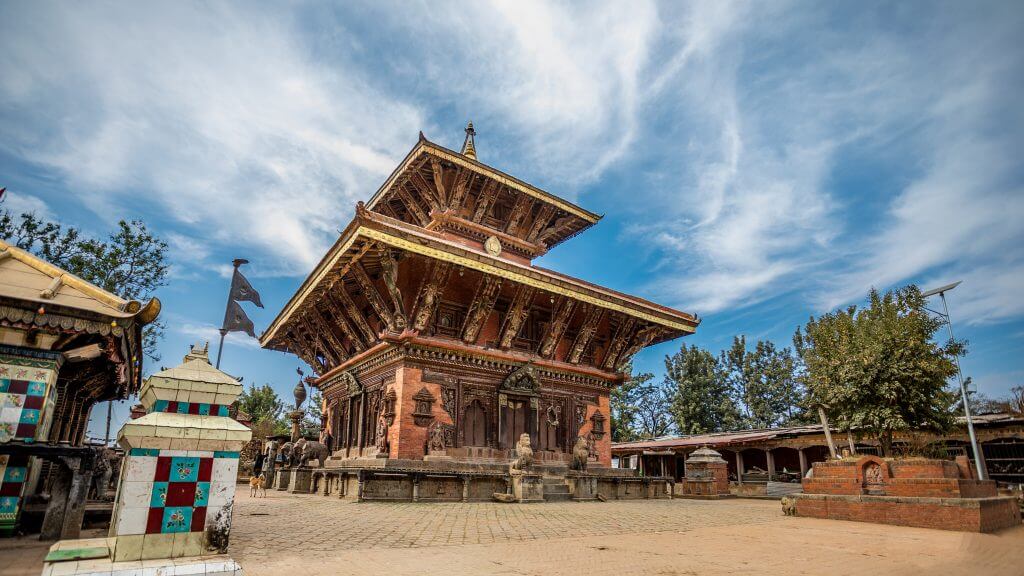
It takes approximately 45-minute time by a private vehicle to reach the ancient hilltop temple of Changu Narayan from the center of Kathmandu. The temple is dedicated to Lord Vishnu and thought to be the oldest temple in Nepal, based on the evidence. The temple is notably famous for the woodcarvings which decorate the two pagodas. From Changunarayan one can see a large panorama on the Himalayan Range if the weather is clean. Changu Narayan Sightseeing tour is the best program to experience the essence of historical sites of Nepal.
Patan Durbar Square
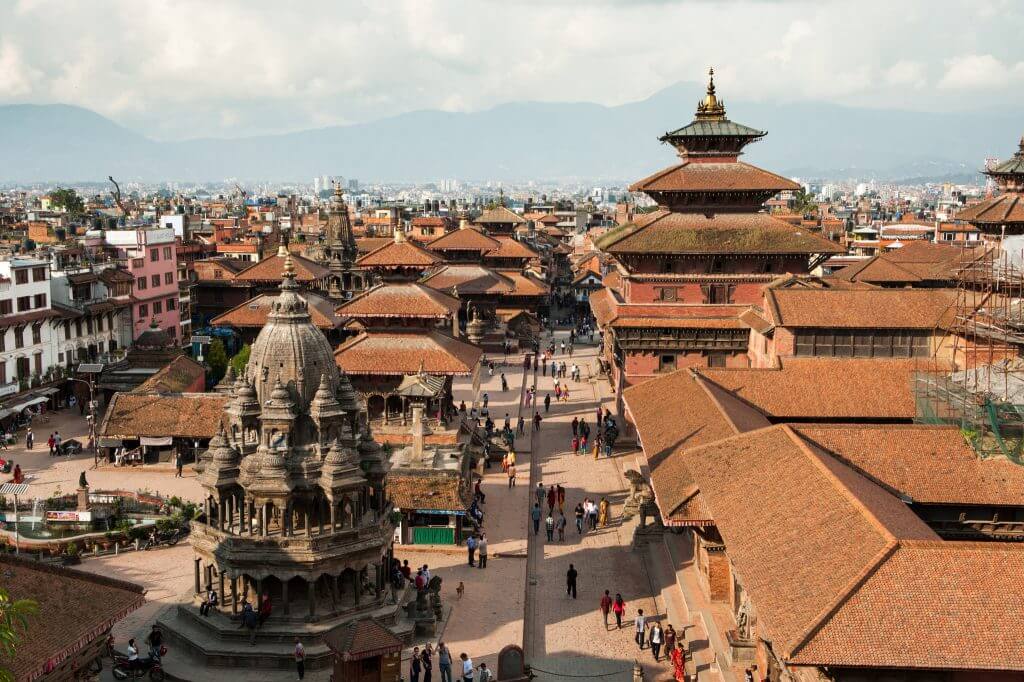
Bouddhanath
Bouddhanath is one of the largest stupas in Nepal. It is located on the northeastern outskirts, just 11 kilometers away from the heart of Kathmandu. The stupa is constructed in the middle of massive mandala. Bouddhanath stupa is one of the largest stupas in the world. It is also known as the Khasa Chaitya, Khasti in Newari language, and Jarung Khasor in the Tibetan language.

The stupa has got a unique architecture. It is always found decorated with flying prayer flags tied from its pinnacle to the edges. Its view dominates the skyline luring the visitors. The stupa entombs the relics of Kassapa Buddha, people believe. Kassapa Buddha is the third Buddha of the current Bhadrakalpa. He is believed to be the previous Buddha of Sakyamuni Buddha (present Buddha). The stupa is one of the major attractions for foreign tourist to Nepal
Swayambhu
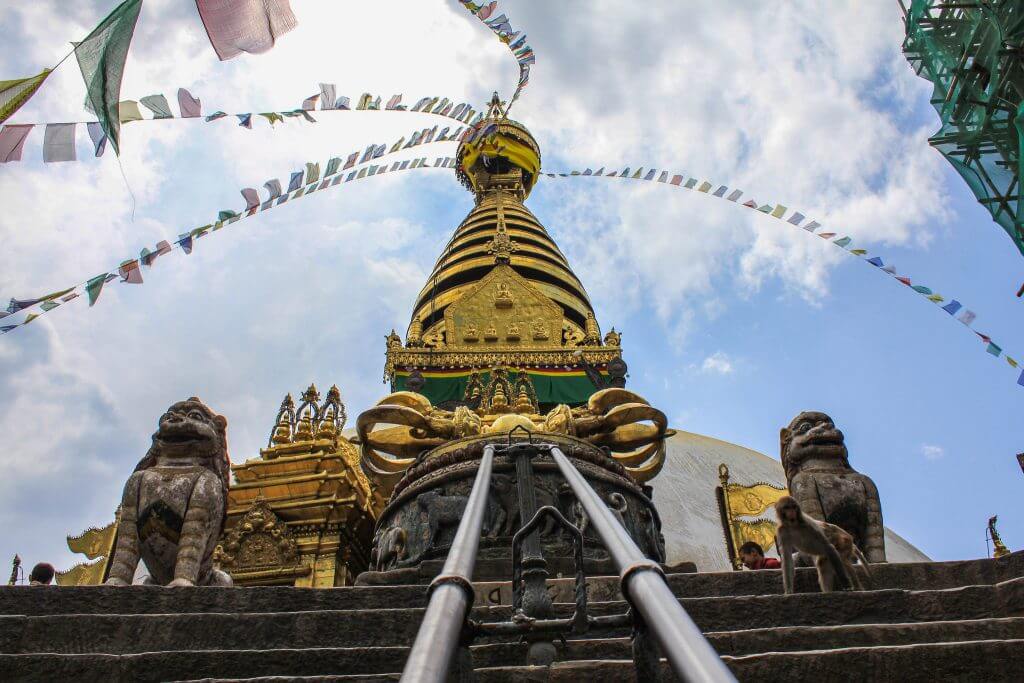
Swayambhunath includes a Buddhist stupa as the main temple. It has got several buildings and monuments in it. The most ancient Swayambhunath Hillock is older than the Kathamndu Valley itself. The natural rocky hillock is regarded as self-originated stupa. It is older than Buddhism itself.
According to Swayambhu Purana, the entire valley was once filled with an enormous lake, out of which grew a lotus. The valley came to be known as Swayambhu, meaning “Self-Created.” The name comes from an eternal self-existent flame (svyaṃbhu) over which a sūpa was later built.
Swayambhunath is also known as the Monkey Temple as holy monkeys are living in the north-west parts of the temple. They are holy because Manjushri, the bodhisattva of wisdom and learning, was raising the hill which the stupa stands on. He was supposed to leave his hair short but he made it grow long and head lice grew. It is said that the head lice transformed into these monkeys.
Swayambhunath and Myth
Manjusri had a vision of the Lotus at Swayambhu and traveled there to worship it. Seeing that the valley could be a good settlement, and to make the site more accessible to human pilgrims, he cut a gorge at Chovar. The water drained out of the lake, leaving the valley in which Kathmandu now lies. The Lotus was transformed into a hill and the flower became the stupa.
According to Swayambhu Purana, the entire valley was once filled with an enormous lake, out of which grew a lotus. The valley came to be known as Swayambhu, meaning “Self-Created.” The name comes from an eternal self-existent flame (svyaṃbhu) over which a sūpa was later built.
Swayambhunath is also known as the Monkey Temple as holy monkeys are living in the north-west parts of the temple. They are holy because Manjushri, the bodhisattva of wisdom and learning, was raising the hill which the stupa stands on. He was supposed to leave his hair short but he made it grow long and head lice grew. It is said that the head lice transformed into these monkeys.
Manjushri
Manjushri had a vision of the Lotus at Swayambhu and traveled there to worship it. Seeing that the valley could be a good settlement, and to make the site more accessible to human pilgrims, he cut a gorge at Chovar. The water drained out of the lake, leaving the valley in which Kathmandu now lies. The Lotus was transformed into a hill and the flower became the stupa.
is also known as the Monkey Temple as holy monkeys are living in the north-west parts of the temple. They are holy because Manjushri, the bodhisattva of wisdom and learning, was raising the hill which the stupa stands on. He was supposed to leave his hair short but he made it grow long and head lice grew. It is said that the head lice transformed into these monkeys.
Manjusri had a vision of the Lotus at Swayambhu and traveled there to worship it. Seeing that the valley could be a good settlement, and to make the site more accessible to human pilgrims, he cut a gorge at Chovar. The water drained out of the lake, leaving the valley in which Kathmandu now lies. The Lotus was transformed into a hill and the flower became the stupa.
Both Hindu and Buddhist equally visit the area to worship. It showcases a perfect religious harmony in Nepal’s societies.
Attractions :
- The huge gold plated Vajra ‘thunderbolt’ set in the east side of the stupa
- Buddha statue on the west side of Swayambhu
- The Sleeping Buddha
- The Dewa Dharma Monastery, noted for a bronze icon of Buddha and traditional Tibetan paintings
The temple is dedicated to Harati, the goddess of all children. It is said that she was an ogress before Lord Buddha converted her to be the caretaker of all children. Hinduism followers worship Harati as Saraswati, the goddess of knowledge and wisdom.
Namobuddha
Lumbini
Siddhartha Gautama, who later became known as Enlightened one (the Buddha), was born in Lumbini. After gaining supreme enlightenment in Bodh Gaya, he taught the Dhamma of freedom from suffering for 45 years. According to Buddhism literature, before his Mahaparinirvana he spoke to his disciple Ananda that the four places the sight of which should arouse a sense of urgency in the faithful:
The places where the Tathagata, was born (Lumbini), attained supreme enlightenment (Bodh Gaya), set in motion the Wheel of Dhamma (Sarnath), and entered Mahaparinirvana (Kushinagar)
Lumbini in History
The Lord Buddha was born in 623 BC in the sacred area of Lumbini located in the Terai plains of southern Nepal, testified by the inscription on the pillar erected by the Mauryan Emperor Asoka in 249 BC. Lumbini is one of the holiest places of one of the world’s great religions, and its remains contain important evidence about the nature of Buddhist pilgrimage centers from as early as the 3rd century BC.
The complex of structures within the archaeological conservation area includes the Shakya Tank; the remains within the Maya Devi Temple consisting of brick structures in a cross-wall system dating from the 3rd century BC to the present century and the sandstone Ashoka pillar with its Pali inscription in Brahmi script. Additionally, there are the excavated remains of Buddhist viharas (monasteries) of the 3rd century BC to the 5th century AD and the remains of Buddhist stupas (memorial shrines) from the 3rd century BC to the 15th century AD.
Modern Lumbini
Now the site develops as a Buddhist pilgrimage center, where the archaeological remains associated with the birth of the Lord Buddha form a central feature.
As the birthplace of the Lord Buddha, testified by the inscription on the Asoka pillar, the sacred area in Lumbini is one of the most holy and significant places for one of the world’s great religions.
The archaeological remains of the Buddhist viharas (monasteries) and stupas (memorial shrines) from the 3rd century BC to the 15th century AD, provide important evidence about the nature of Buddhist pilgrimage centers from a very early period. Source: https://whc.unesco.org
Now, several countries have constructed monasteries in the premises that reflect their original architects supporting the message for world peace.
Kathmandu Durbar Square
Centered in Kathmandu, Kathmandu Durbar Square has Hanuman Dhoka, Degutale Temple, Taleju Mandir, Nasal Chowk, Nine story Basantapur Tower, Panch Mukhi Hanuman Temple, Mul Chowk, Mohan Chowk, Sundari Chowk, Tribhuvan Museum, King Mahendra Memorial Museum and Kal Bhairab temple in its vicinity. Hindu Mythology boasts that if a person interprets 17th century stone inscriptions written in 15 different languages on the walls of the palace of Hanuman Dhoka, there would be instant flooding of milk from the wall.
Kathmandu Durbar Square: History
Hanuman Dhoka was the former Royal Palace of the Malla kings and later was passed onto the Shah dynasty. Royal family lived in the Hanuman Dhoka palace till 1886 and thereafter shifted to Narayanhiti palace. However, the palace is still used for ritual and ceremonial occasions. A new King is crowned inside the palace. The palace has 17th-century statue of Hanuman to the left of the palace entrance and amazing sculpture of Lord Narasimha. The palace bears the historical reminisce of the Royal family, culture, and religion of Nepal.
Museums inside the palace let one explore the culture, religion, custom, tradition, architecture, history of Royal palaces, etc. An entrance fee has been set for entering into the museums. Museums remain open for 7 days a week except for Tuesday from 10.30 am to 3 pm in the winter and from 10.30 am to 4 pm in the summer. On Friday one must visit the museums from 10.30 am to 2 pm.
Pashupatinath
As the name indicates, Pashupatinath temple is a temple of Lord Shiva and is the holiest place for Hindus. The sacred temple lies on the banks of the sacred Bagmati River 5 km east of Kathmandu city. It strictly restricts the non-Hindus from entering the temple. It has a two-tiered roof and four silver doors. Devotees from all over the world come here to pay their homage to Lord Shiva.
World Heritage Sites (Natural)
Chitwan National Park
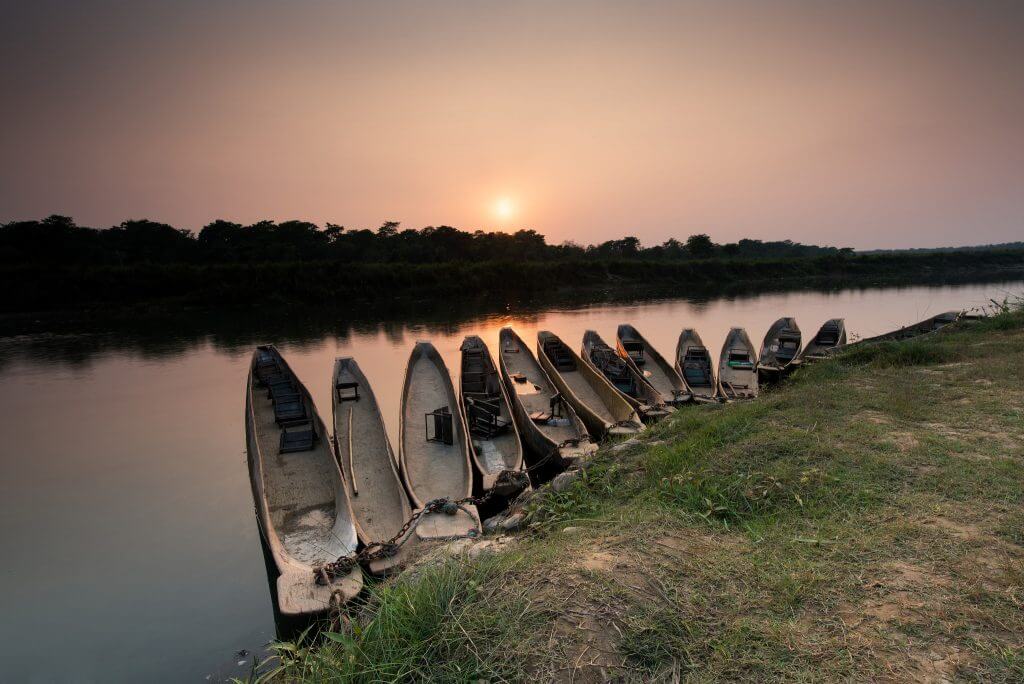
Chitwan National Park is the best destination for a wildlife tour in Nepal. Spread in an area of 934 sq km, Chitwan is listed in UNESCO World Heritage Natural site. The national park is home to a wide and rich variety of flora and fauna is a safe shelter for endangered like one-horned rhinoceros.
Chitwan National Park houses 544 species of birds and it would demand your two days to explore this national park. For luxury travelers who by the way are also interested in wildlife tours, there several high-end resorts situated right at the edge of the park. Along with pampering you with all the state-of-the-art services, these hotels and resorts arrange excellent wildlife safaris for their guests. For backpackers on the hand, Sauraha is the place to find accommodation, this small village is replete with budget-friendly hotels that are ideal for anyone on a shoestring budget and want to explore Chitwan National Park.
Sagarmatha National Park
Sagarmatha National Park situated at the foothills of Himalayas has occupied an area of 1,148 sq. kilometers. It offers the most magnificent views of rugged mountains, glaciers, valleys, and rivers. The park houses an amazing array of plant species, birdlife, and exotic animals. Plant species like blue pine, silver fir, rhododendrons, birch etc have glorified the beauty of the park. On venturing into the park, one may encounter rare species like snow leopard, pandas, lynx etc. Birdwatchers can have the best sightseeing experience while viewing rare bird species like snow cock, pheasant, snow pigeon, etc. In a nutshell, Sagarmatha National Park is a storehouse of Himalayan natural resources. The greatest attraction of the national park is Mt. Everest itself including the other higher peaks.
